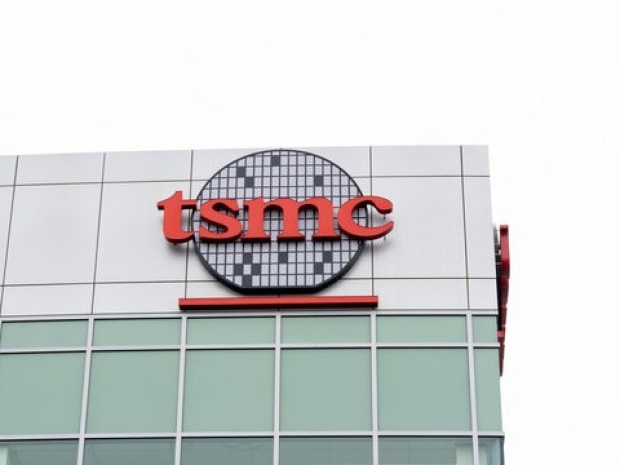TSMC is delaying construction of its second Japanese plant in Kumamoto. Officially, the slowdown is being blamed on traffic congestion, but insiders say the real reason is the company’s frantic effort to pump funds into its US expansion to dodge Trump’s looming semiconductor tariffs.
Japan’s government had promised more than $8 billion in public support for the second fab, part of a wider $20 billion package to lure the Taiwanese chip maker. Now Tokyo has been left in the dark, with officials saying they’ve heard nothing about traffic jams and don’t buy that as a serious excuse. They still expect the production timelines to hold, but the construction schedule has clearly slipped.
TSMC is shifting its focus westward, and fast. In March, chairman C.C. Wei visited the White House to stand alongside Trump and pledge another $100 billion in US chip investment, on top of the $65 billion already committed. In April, Commerce Secretary Howard Lutnick turned up in Arizona to break ground on TSMC’s third fab in Phoenix.
These Arizona plants are the only ones outside Taiwan being tooled up to produce bleeding-edge chips for big names like Nvidia, AMD and others who don’t want to get caught short if the US clamps down on foreign-made silicon. With Trump’s team already probing semiconductor imports and sniffing around for tariffs, TSMC’s timing looks deliberate.
The company’s cautious capital strategy has shifted under the weight of American trade pressure. Instead of spreading capacity evenly, it is now front-loading investment in the US, leaving partners like Japan in holding patterns. The situation has left Japan particularly exposed, as it’s also taking hits from Trump’s 25 per cent tariffs on steel and autos.
Meanwhile, Samsung’s US fab sits in limbo. Despite splurging $17 billion on the Texas project, it has yet to lock in the major customers it needs.

